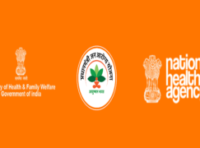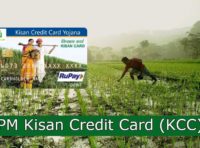Over the years, sensitivity towards animals has increased in the nation. Not only are people growing more aware of the ill-treatment of animals, but now governments are imposing laws and rules on the protection and conservation of certain species of animals that are indigenous to our land.
The Madhya Pradesh government has come up with an innovative plan around the growing concerns around animal protection and has hence launched the Pashu Dhaan Bima Yojana which would help farmers by offering insurance coverage to indigenous cattle owned farmers.
How can farmers get the benefits of the Pashu Dhan Bima Yojana?
- The cattle owner would have to inform the insurance company about the death of the insured cattle within 24 hours.
- The doctors from the Animal Husbandry Department would then perform an autopsy of the cattle’s body.
- The doctors will prepare a report in which the cause of the death of the cattle will be mentioned.
- The officials will have to submit the insurance claim documents to the insurance company within one month.
- The insurance company, on assessing the report, the claim, and documentation, will have to settle the claim of the Pashu Dhan Bima Yojana beneficiaries within 15 days.
How many animals would be insured in the Pashu Bima Yojana scheme?
Each cattle owner ideally is a beneficiary of the Pashu Bima Yojana and can insure up to five animals. Around 10 animals in the category of sheep, goats, cows, buffaloes, etc are counted as 1 unit and therefore cattle owners can totally insure 50 animals at one time.
Duration of the Insurance coverage in the Pashu Dhan Bima Yojana
The maximum rate of insurance premium would be 3% for one year and 7.5% for three years. The cattle owners can insure their cattle for one to three years, depending on their preference.
What are the subsidies offered on Insurance premiums to Cattle owners?
- Above Poverty Line: Those above the poverty line would get a 50% subsidy on the insurance premium.
- Below Poverty Line: Those below the poverty line would get a 70% subsidy on insurance premiums.
- Scheduled Caste and Scheduled Tribes: All scheduled caste and scheduled tribe category farmers will get a 70% subsidy on insurance premium.
In conclusion
Farmers usually have a tough time rearing animals who are of value to them. Livestock can get quite expensive and if they die, the farmers incur a massive loss which gets too hard to compensate for, as the farmer pays a higher price just to attain/buy the livestock.
The Madhya Pradesh government has done a wonderful thing by offering farmers a chance to insure their animals so that even if their animal dies because of some reason, they will get insurance amounts reimbursed. This way, farmers can now breathe easy by insuring their animals and rear livestock in a much more streamlined fashion, without having to worry about the livestock dying on them.
With the scheme in place, farmers have a sense of assurance around their livelihood through livestock.








